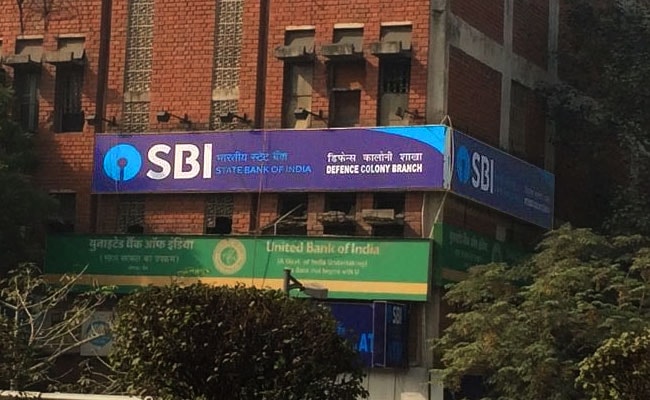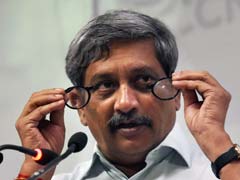(Also read: SBI minimum balance rules and penalty for insufficient balance)
Here are 10 things to know about SBI's Basic Savings Bank Deposit Account or BSBD Account, as mentioned by SBI on its website - sbi.co.in:
1. SBI's Basic Savings Bank Deposit account can be opened by any individual with valid KYC documents. KYC refers to a customer identification procedure defined by the Reserve Bank of India (RBI) for undertaking a transaction.
2. The basic savings bank deposit account is "primarily meant for poorer sections of society to encourage them to start saving without any burden of charges or fees", according to SBI.
3. Rate of interest: On the money kept in a basic savings bank deposit account, SBI offers the same rate of interest as applicable to a savings bank account. This is 3.5 per cent per annum on deposits balance up to Rs 1 crore and 4 per cent above Rs 1 crore.
4. Restrictions: A customer holding or applying for a basic savings bank deposit account "cannot have any other Savings Bank Account...If the customer already has a Savings Bank Account, the same will have to be closed within 30 days of opening a Basic Savings Bank Deposit Account," says SBI.
5. Eligibility: SBI's Basic Savings Bank Deposit account is a KYC-compliant account with eligibility criteria as applicable to a regular savings bank account, according to the bank. The basic savings bank deposit account - which doesn't require the customer to maintain any minimum balance average each month - can be operated "singly, jointly, or with Either or Survivor", among others.
6. Cash withdrawal/transactions: The Basic Savings Bank Deposit account comes with a Basic RuPay ATM-cum-Debit card, issued free of cost and without any annual maintenance charges, according to SBI. This card can be used to make transactions such as cash withdrawal from ATM or payment at a PoS (Point of Sale).
7. ATM withdrawal limit: SBI allows a maximum of four withdrawals in a month, including ATM withdrawals at ATMs of SBI and other banks, to those holding a basic savings bank deposit account. The limit also includes transactions "through other modes including RTGS/NEFT/Clearing/Branch cash withdrawal/transfer/internet debits/standing instructions/EMI, etc." No further debits are allowed in a month, according to SBI.
8. Withdrawal at bank: A person holding SBI's basic savings bank deposit account can also take out money using withdrawal forms at the bank's branches.
Comments
9. The Basic Savings Bank Deposit Account can be used to receive money free of cost through electronic payment channels such as NEFT and RTGS.10. Deposit or collection of cheques drawn by central/state governments is free, SBI mentions.

 Budget 2018
Budget 2018














